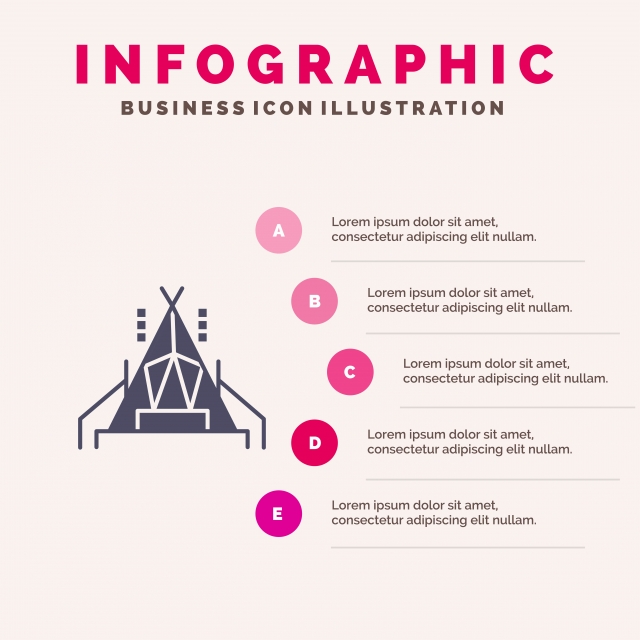A four-season camping tent is suitable for winter season hill camping or chilly environments where snow and wind are a provided. Top quality four-season outdoors tents use exceptional insulation and weather condition resistance for defense in extreme conditions.
Reliable four-season outdoors tents make use of construction top quality more than raw R-values. Learn how stiff foam, polystyrene, and other materials keep these tents warmer and drier.
Fiberglass Insulation
Fiberglass insulation is a popular choice for home owners and DIYers aiming to boost their home's power performance. Made from recycled glass and sand, fiberglass is non-combustible and does not call for added fire-retardant therapy for household usage.
It is commonly a pink-tinted product that can be installed in numerous types, consisting of attics, crawl space joists, and basement wall surfaces. It's available in covering kind, called "batts," and is offered in bags including typical pre-cut lengths and widths. Dealt with or unfaced batts can be placed in between joists, while an attic room covering of loose-fill fiberglass can cover a room's flooring to weaken audio transmission between floors in two-story homes.
Fiberglass' protecting power is gauged by its R-Value, which indicates the material's capability to stand up to heat flow. A higher R-Value indicates better shielding capability. This R-Value depends upon the environment area in which a person lives; speak with a regional structure supply company to identify the certain R-Value that will certainly achieve optimum lead to your area.
Polystyrene Insulation
Along with being an excellent thermal insulator, polystyrene insulation can provide shock absorption and moisture resistance. It is likewise light-weight and affordable, making it a preferred choice for property applications. Nonetheless, there are some downsides to polystyrene insulation.
Among the major concerns is that it tends to take in water, which can endanger its insulating residential properties. Enhanced polystyrene insulation has a water vapor permeance of concerning 2-4%, which is greater than the majority of various other kinds of insulation.
One more problem is that polystyrene can melt when subjected to fire. This can produce harmful liquified insulation that may leak and spread fire throughout the structure. In order to avoid this problem, you should use a fireproof polyiso board as opposed to broadening foam. Fabco Thermal Insulation Manufacturing facility uses reusable polyiso insulation options that satisfy the requirements of contemporary domestic building. This insulation stops warm loss with structures and boosts home power efficiency. It is also immune to moisture and has a high R-value per inch.
Styrofoam Insulation
Styrofoam insulation is lightweight and insulating, keeping your camper warm in severe weather. It is also moisture immune, suggesting it won't warp or break down when subjected to damp problems.
Lots of people make use of the term "styrofoam" to describe a range of white foam packaging and disposable cups, yet real styrofoam is closed-cell extruded polystyrene foam that is trademarked as Styrofoam brand name XPS insulation. These stiff foam boards are generally blue or pink and have a distinct look.
This insulation is a prominent choice in structure and shipping due to its shock-absorbing residential or commercial properties. It is also a favorite for product packaging food and drinks because of its ability to retain heat. Additionally, styrofoam is very affordable, making it a fantastic option for makers and consumers alike. Because its innovation in 1941, styrofoam has created a reputation as an innovative building item. In 2019, DuPont started reformulating Styrofoam to provide a low-global warming potential (GWP) formula indicated by a grey shade.
Stiff Foam Insulation
Stiff foam insulation is an innovative structure product that provides a variety of significant benefits. It seals gaps, air leakages and maintains interior temperature to lower energy waste and lower energy bills. It additionally stops ice damming around structures and can help reduce condensation, mold and mildew and mold that may trigger damage to walls.
Foam insulation can be conveniently cut with a saw and cut and broken like drywall, making it easy to mount around obstructions such as cables, junction boxes and supporting. Unlike fiberglass, rigid foam insulation is untouched by moisture and does not alter measurements or absorb water.
Foam insulation is fire-rated and does not consist of formaldehyde or other additives that can adversely impact human health and wellness. The chemistry of inflexible foam insulation likewise makes it extra environmentally lasting, with high R-values conserving over 40 BTUs of energy for each BTU made use of to make the product. This substantially outpaces the energy conserved by fiberglass insulation which sheds approximately 80% of its performance gradually.
